79 F. high in the Twin Cities Wednesday.
84 F. average high on July 9.
87 F. high on July 9, 2013.
July 9, 2002:
Intense rainfall causes extensive street flooding in St. Cloud. 2.70
inches of rain fell in 1 hour 45 minutes at St. Cloud State University.
Persons were stranded in their cars and had to be rescued by the fire
department.
"July-tober"
Not
much surprises me anymore. Numbing cold followed by record rains as
weather patterns slow and our climate becomes more volatile? A 4th of
July blizzard would have gotten my attention.
Welcome to the "new normal".
Even
so next week's weather map made me do a double-take. During what is
typically the hottest week of the year a hunk of October-like air will
hurtle south. Minnesotans will be wandering around in light jackets
& sweatshirts on Monday and early Tuesday, mourning the (temporary)
death of summer.
1816 was "A Year Without a Summer", due to low
solar activity and volcanic eruptions. Heavy snows were reported into
June; ice "thick enough to support the full weight of a duck" into July
over New England.
This summer? Not quite that extreme, but the jet
stream is still misbehaving and I suspect it's related to rapid warming
of the Arctic. We'll see.
A comfortable Thursday gives way to a
few T-storms Friday, the wettest day in sight. Soak up 80s Saturday
because an autumn-like cool front arrives late Sunday. By Monday "highs"
may hold in the 50s north, 60s south with a discernible whiff of crisp
mid-summer wind chill.
Just when you thought things couldn't get any stranger around here.
*
Monday 1 PM temperature anomalies across the USA courtes of Weather
Bell. Temperatures may be 26 F. cooler than average across much of
Minnesota; as much as 30-34 F. warmer than normal across western Canada.
More crazy extremes.
.28" rain predicted for MSP tonight and early Friday. Source: NOAA NAM model
Reinforcing Tired Stereotypes.
"Oh, you're from Minnesota. It's really cold up there, huh?" Raise your
hand if you've ever heard that before. Plan on hearing more of it after
Tuesday's MLB All-Star game, which may wind up being the coolest on
record, with gametime temperatures in the 60s under a mostly clear sky.
Light jacket or sweatshirt weather. But not as chilly as Monday, when
10-20 mph winds, coupled with ragged clouds and PM showers will make you
SWEAR it's October. Something to look forward to. A meager warm front
sparks a few showers and T-showers tonight into Friday morning. Summer
takes a siesta next week.
Risk of a Smoky Sunset.
Visible satellite imagery Wednesday showed a plume of smoke sweeping
across the Dakotas, from wildfires blazing over Canada's Northwest
Territories. Some of that smoke may reach Minnesota in the coming days,
giving the sky a milky, hazy cast - possibly sparking an extra-red
sunrise or sunset. Image: Des Moines office of the National Weather
Service and
Twitter.
Steps To Reduce The Risk of Tornado Damage in Commercial Structures. Here's an excerpt of an interesting story at
DisasterSafety.org that caught my eye: "...
The
strongest category of tornadoes can generate maximum wind speeds of
greater than 250 mph, which is enough to destroy most buildings and
structures in their path. These maximum wind speeds generate forces that are about twice as large as those generated by the strongest hurricanes.
Only a few specialty buildings are designed to withstand the direct
impact of a severe tornado. However, well engineered, large and tall
commercial structures are not likely to suffer structural collapse. For
smaller commercial structures, good construction choices can give added
protection and increase the likelihood that at least part of the
structure will remain standing to provide shelter. Buildings that have
been strengthened in critical areas and particularly at connection
points, such as between the roof and walls and walls and foundation,
would have a good chance of surviving intact or with minor cosmetic
damage if subjected to the outer edges of a tornado..."
Severe Storm Capital of the USA Since 2003: Asheville, North Carolina?
I know, I did a double-take too, and 10 years may not be a long enough
time to derive any meaningful statistical trends, but the Asheville area
receives nearly 40 days/year, on average, with a tornado, severe wind
storm or large hail within 25 miles of the city, according to NOAA SPC.
That compares with 25 in Atlanta, 21 in Dallas and Denver, 10 in Chicago
and roughly 16 in the Twin Cities. L.A. sees an average of 4 severe
weather days, with only 1 in the Bay Area and San Diego. Sign me up.
Source:
NOAA SPC.
Severe Thunderstorm Winds Days Per Year Since 2003.
The same trends are evident with thunderstorm generated straight-line
winds, with a peak frequence over the western Carolinas and the
Tennessee Valley. On average the Twin Cities have picked up an average
of 8-9 severe wind days/year since 2003.
Want To Avoid Hail? Move North.
Cool breezes off Lake Superior inhibit the largest, hail-producing
thunderstorms much of the summer season: 1-3 large hail days a year for
Duluth, on average, but less than 1 for much of the North Shore and
Minnesota Arrowhead. That compares with 3-6 large hail days for
Minneapolis - St. Paul, and over 8 hail days/year for Kansas City and
the Denver area.
Be Prepared! What To Do Before, During, And After a Hurricane.
RedOrbit has a timely article with some useful information and links; here's an excerpt: "
From June 1 to November 30 of each year, the Atlantic hurricane season flexes its muscles. In an effort to help keep people alive and safe, the Centers for Disease Control and Prevention (CDC) keeps a Hurricane Preparedness website
that is full of great information to help with hurricane health and
safety. The CDC provides important tips to help before, during, and
after a hurricane. Before: The first tip is to prepare for a hurricane.
If you live in a place that could be hit, it is best to prepare now
rather than wait for a hurricane to be imminent. Before a hurricane, the
CDC identifies two steps: make a plan and get supplies. In making a
plan, the CDC gives these readiness suggestions..." (Hurricane Irene file photo: NASA).
Why New Orleans' Katrina Evacuation Debacle Will Never Happen Again.
Next City
has an interesting story focused on what New Orleans officials learned
in the wake of Superstorm Sandy; how they are much better prepared for
the next, inevitable hurricane. Here's an excerpt: "
In New Orleans,
evacuation requires decisions that must be made early before traffic
builds, motels fill up, roads flood, or winds reach dangerous levels. In
2005, when Katrina loomed in the Gulf, most New Orleanians did leave
town, but roughly 100,000 were left behind. Many lacked a car or money
for transportation, or had special needs that made evacuation
impossible. Others were stranded because they practiced “vertical
evacuation,” staying with family that lived on higher ground or renting
hotel rooms in buildings that had proven safe in the past. “We will
never do that again,” said Lt. Col. Jerry Sneed, the city’s deputy mayor
of Public Safety and Homeland Security..."
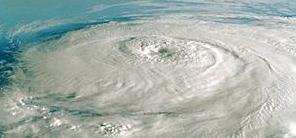 What's The Difference Between a Hurricane, Cyclone and Typhoon?
What's The Difference Between a Hurricane, Cyclone and Typhoon? Of course they are one in the same, but some of the classifications are slightly different, as explained at
wsav.com; here's a clip: "...
To
be classified as a hurricane… typhoon or cyclone… a storm must reach
wind speeds of at least 74 miles per hour. If a hurricane's winds reach
speeds of 111 miles per hour… it is then upgraded to a major hurricane.
If a typhoon hits 150 miles per hour then it becomes a super typhoon..."
I Was a TSA Agent, And The New Airport Cellphone Rules Wouldn't Stop an iBomb. Well this is reassuring as I board the plane (clutching my Bible tightly). Here's an excerpt from
The Guardian: "...
This
is the real conundrum that accompanies most post-9/11 airport security
rules: the logic behind them is a race to the bottom. Consider...
- If
a group of terrorists is clever enough to pack explosives inside a
laptop to make them undetectable by current technology, wouldn't they be
clever enough to devise an explosive laptop that can do all of this ...
and still appear to power up?
- If US intelligence next
announces that terrorists have become clever enough to engineer the
faux-power laptop bomb, and passengers are then required to prove their
laptops can connect to airport WiFi, how long until murky intelligence
warns of a hotspot-enabled iBomb?..."
Image credit above: "'
During
the security examination, officers may also ask that owners power up
some devices, including cell phones,' the TSA warned. 'Powerless devices
will not be permitted onboard the aircraft." Photograph:
Leanne1985 /
Flickr via
Creative Commons.
Decades-Old Forgotten Vials of Smallpox Found In Storage Room. So don't sweat the thundershowers tomorrow OK? Here's a clip from an AP story at
Huffington Post: "
A
government scientist cleaning out an old storage room at a research
center near Washington made a startling discovery last week —
decades-old vials of smallpox packed away and forgotten in a cardboard
box. The six glass vials were intact and sealed, and scientists have yet
to establish whether the virus is dead or alive, the Centers for
Disease Control and Prevention said Tuesday. Still, the find was
disturbing because for decades after smallpox was declared eradicated in
1980, world health authorities said the only known samples left were
safely stored in super-secure laboratories in Atlanta and in Russia..."
Image credit above: "
This
1975 file electronmicrograph from the Centers for Disease Control shows
the smallpox virus. Government officials say workers cleaning a storage
room at the National Institute of Health's campus in Maryland made a
startling discovery last week: decades-old vials of smallpox forgotten
in a cardboard box." (AP Photo/CDC, File)
Seoul's Eccentric Mayor is Building Hotels for Insects.
Yes, Insects. Great! One less city on my travel bucket list.
GlobalPost has the curious details; here's a clip: "
As
part of its greening efforts, Seoul is embarking on a campaign to
establish 27 “insect hotels” in parks and public areas, offering the bug
population a refuge in this gray, cyberpunk Asian mega-city, protecting
them against the spread of insecticide. City officials are
enthusiastic. “Seoul was developed very fast, and it wasn't regulated.
We don't have a diverse species of bugs,” explained Yang Gyoung-gyu, a
city environmental advisor. “The effect of the insect hotel is to expand
the diversity of species...”
California Screaming. The tech industry made the Bay Area rich. Why do so many residents hate it? Nathan Heller has an interesting read at
The New Yorker; here's an excerpt: "...
Many
people in San Francisco today worry that the tech industry is behaving
like Coyote, professing to nurture and provide while actually hoarding.
San Francisco has a real-estate shortage. Some speculators, looking to
capitalize on growing demand, have started circumventing rent control
using buyouts: lumps of cash given if long-term tenants leave. Others
have invoked a 1986 California law known as the Ellis Act, which permits
evictions when landlords want to go out of business permanently..."
"Cloud" Brings Thunder and Lightning Inside Your Home. I'm going to need a few of these, especially in the guest bathroom, right above the toilet. Details at
gizmag.com: "
Cloud,
by New Zealand-based designer Richard Clarkson, is an interactive lamp
designed to mimic a thundercloud. It brings the outside inside,
providing an audiovisual show that looks and sounds like thunder and
lightning ... but thankfully rain isn't included in the package..."
Student-Designed Device Reduces Gas Lawnmower Air Pollution by Over 90 Percent. Yes, our kids will save us from ourselves; here's another example of the kind of innovation we're going to need from
Gizmag: "
Gas-powered
lawnmowers are notorious polluters. According to the US Environmental
Protection Agency, running a new gas mower for one hour produces as much
air pollution as would be generated by 11 typical automobiles being
driven for the same amount of time. Switching to an electric or reel
mower is certainly one option, but for those applications where it's
gotta be gasoline, a team of engineering students from the University of
California, Riverside are developing another: an attachment that they
claim reduces noxious emissions by over 90 percent..."
When "Sprinkles" are Newsworthy.
My friend, Bill Stein, lives in the San Francisco Bay Area, and sent me
this tweet yesterday. Yes, in a severe, historic drought a few drips
from the sky constitute "breaking news". His comments: "
I thought
you might get a slight laugh out of the attached pic. I raced to grab a
photo of sprinkles here in Pleasanton and tweeted it to the Bay Area
NWS. They retweeted the picture and the next thing I know San Fran's NBC
station wants to run the picture. Of sprinkles!!! (Though Stockton, CA
actually set a record with .01" of rain today.)"
TODAY: Sunshine gives way to increasing clouds late. Dew point: 60. Winds: S 10. High: near 80
THURSDAY NIGHT: Mostly cloudy with a good chance of T-storms late. Low: 65
FRIDAY: Unsettled and more humid, few T-storms likely. Dew point: 64. High: 80
SATURDAY: Sunny start, lake-worthy much of the day. Late T-storm south. Wake-up: 69. High: 84
SUNDAY: Patchy clouds, turning cooler late. Wake-up: 67. High: 79
MONDAY: July wind chill. Cloudy & windy. Feels like Autumn. Wake-up: 57. High: 65
TUESDAY: Partly sunny, comfortably cool. Wake-up: 50. High: 70
WEDNESDAY: Sunny and pleasant. DP: 48. Wake-up: 55. High: 75
Climate Stories....
Global Warming Requires More Frequent Rethink of "Normal" Weather: UN. No
kidding. As the weather becomes more volatile, responding to more
energy and heat in the atmosphere-ocean-cryosphere, we're going to see
more erratic swings in temperature and moisture. Here's an excerpt from
Reuters: "
The
baseline for "normal" weather used by everyone from farmers to
governments to plan ahead needs to be updated more frequently to account
for the big shifts caused by global warming, the U.N.'s World
Meteorological Organization said on Wednesday.
The WMO's Commission for Climatology believes rising temperatures and
more heatwaves and heavy rains mean the existing baseline, based on the
climate averages of 1961-90, is out of date as a guide, the WMO said in a
statement. "For water resources,
agriculture and energy, the old averages no longer reflect the current
realities," Omar Baddour, head of the data management applications at
the WMO, told Reuters..."
Climate Change: What Are The Risks to Corporations? Fortune has the details; here's an excerpt that caught my eye: "
Extreme
weather events appear to be getting more severe and more frequent, as
the recent drought in California and floods in Europe reminded us.
Weather events accounted for 90% of natural catastrophe losses in 2013,
causing over $120 billion of losses, according to reinsurance company
Munich Re. In 2012, the overall effect of climate events on the US and
European economies is estimated at more than $5 trillion for each
region, or over 30% of their GDP. The investment community – along with
regulators – has woken up to this threat. It is demanding more
information from companies about their exposure to climate events, as
well as the prospective cost of their carbon emissions..."
Saving Water in California.
California may be facing a slow-motion water disaster if El Nino-driven
rains don't arrive next winter (which is no sure bet). Here's a clip of
an Op-Ed from
The New York Times Editorial Board: "...
California
is in the third year of its worst drought in decades. But you wouldn’t
know this by looking at how much water the state’s residents and
businesses are using.
According to a recent state survey, Californians cut the amount of
water they used in the first five months of the year by just 5 percent, far short of the 20 percent reduction Gov. Jerry Brown called for in January. In some parts of the state like the San Diego area water use has actually increased
from 2013. Without much stronger conservation measures, the state, much
of which is arid or semiarid, could face severe water shortages if the
drought does not break next year..." (Image above: ThinkStock).
The Climate Optimists.
It's tempting to rail against Big Government. Until a freak storm
levels your home, or flooding paralyzes your community, or a withering
drought brings business as usual to a screeching halt. Then the
free-market advocates usually come crying to the very same Big
Government to bail them out and clean up the mess. Which will happen
with greater frequency if climate scientists are correct. According to
Will Oremus at
Slate
attending a climate denier conference in Las Vegas, conservatives have a
new line on climate change: "It's real, but it's nothing to worry
about!" Here's an excerpt: "...
It’s tempting to find irony in the
spectacle of hundreds of climate change deniers staging their convention
amid a drought of historic proportions. But, as the conference
organizers are quick to tell you, they aren’t actually climate change
deniers. The majority of this year’s speakers readily acknowledge that
the climate is changing. Some will even concede that human emissions
are playing a role. They just think the solutions are likely to be far
worse than the problem..."

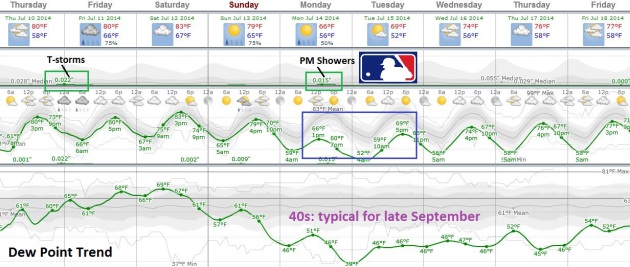

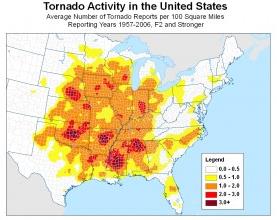
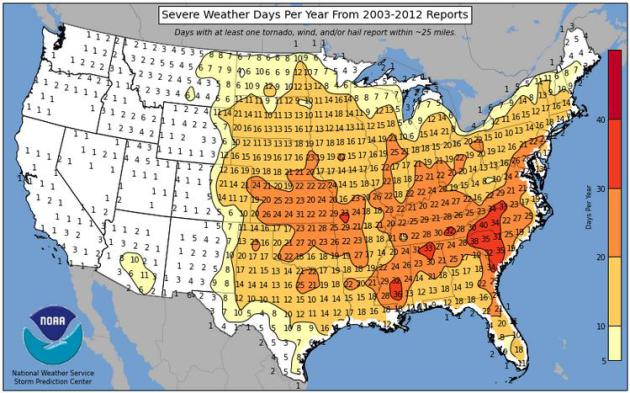
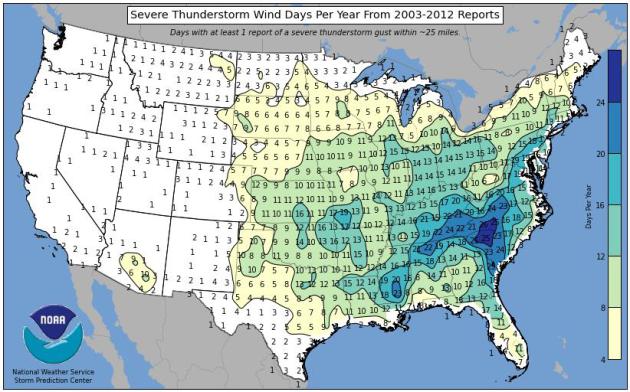




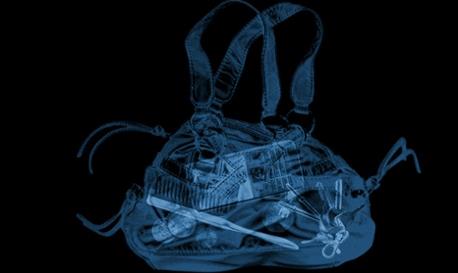
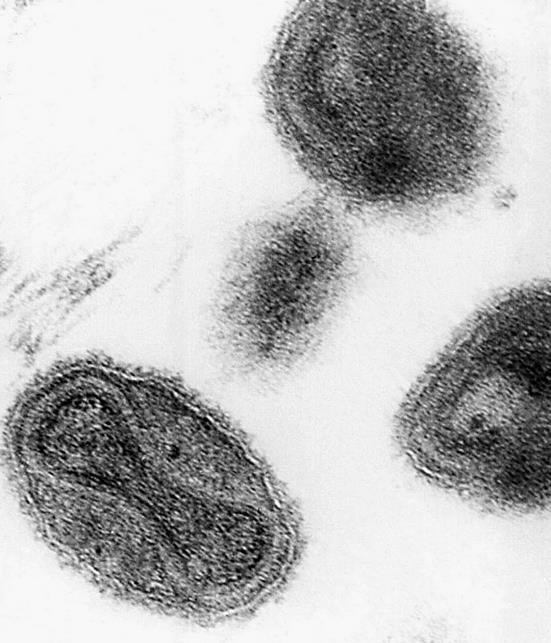


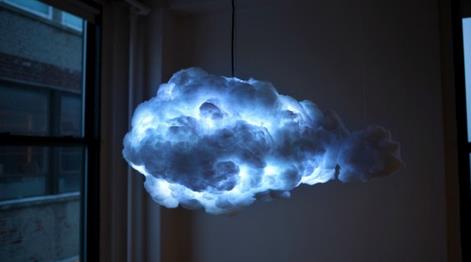
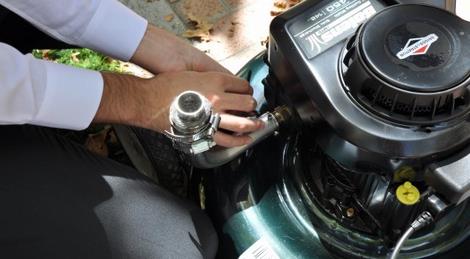


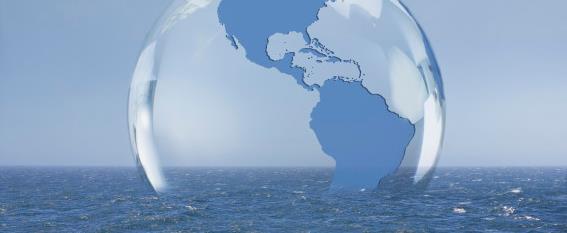
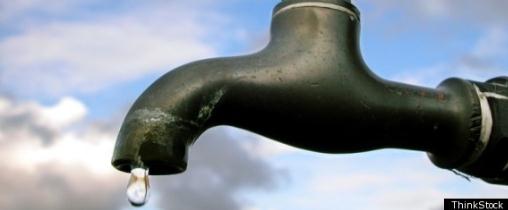

Thanks for sharing information on Flood Extraction dallas
ReplyDelete